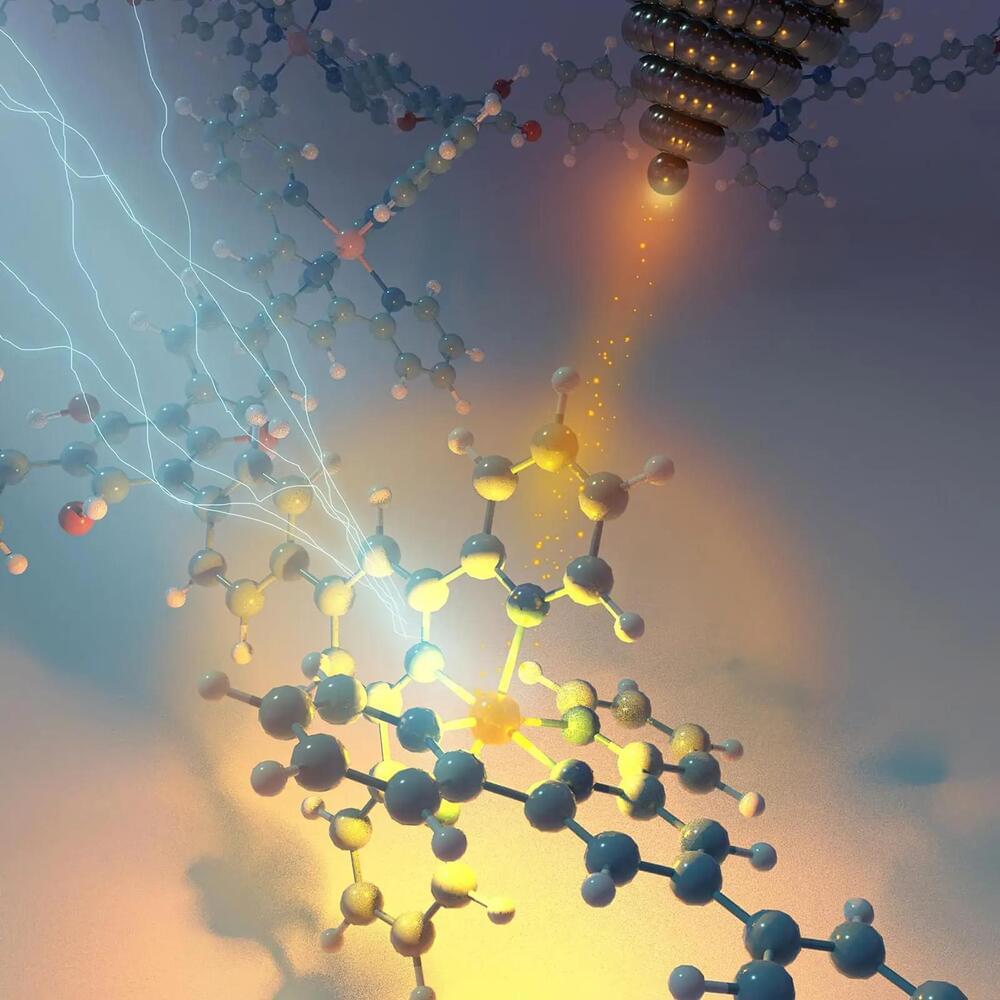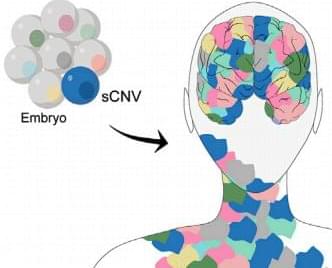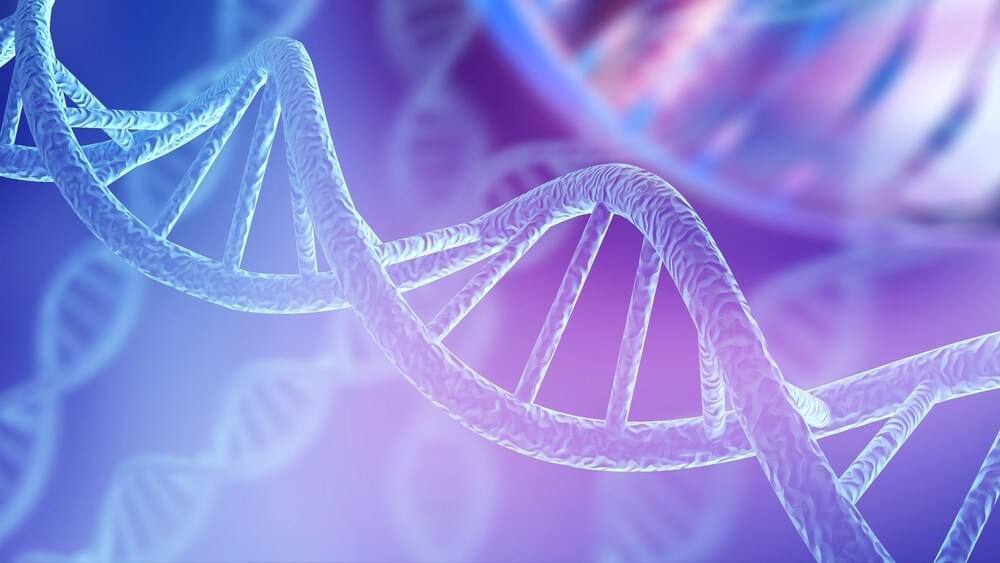Almost half of the tap water in the US is contaminated with chemicals known as “forever chemicals,” according to a new study from the US Geological Survey.
The number of people drinking contaminated water may be even higher than what the study found, however, because the researchers weren’t able to test for all of these per-and polyfluorinated alkyl substances, or PFAS, chemicals that are considered dangerous to human health. There are more than 12,000 types of PFAS, according to the National Institutes of Health, but this study looked at only 32 of the compounds.









